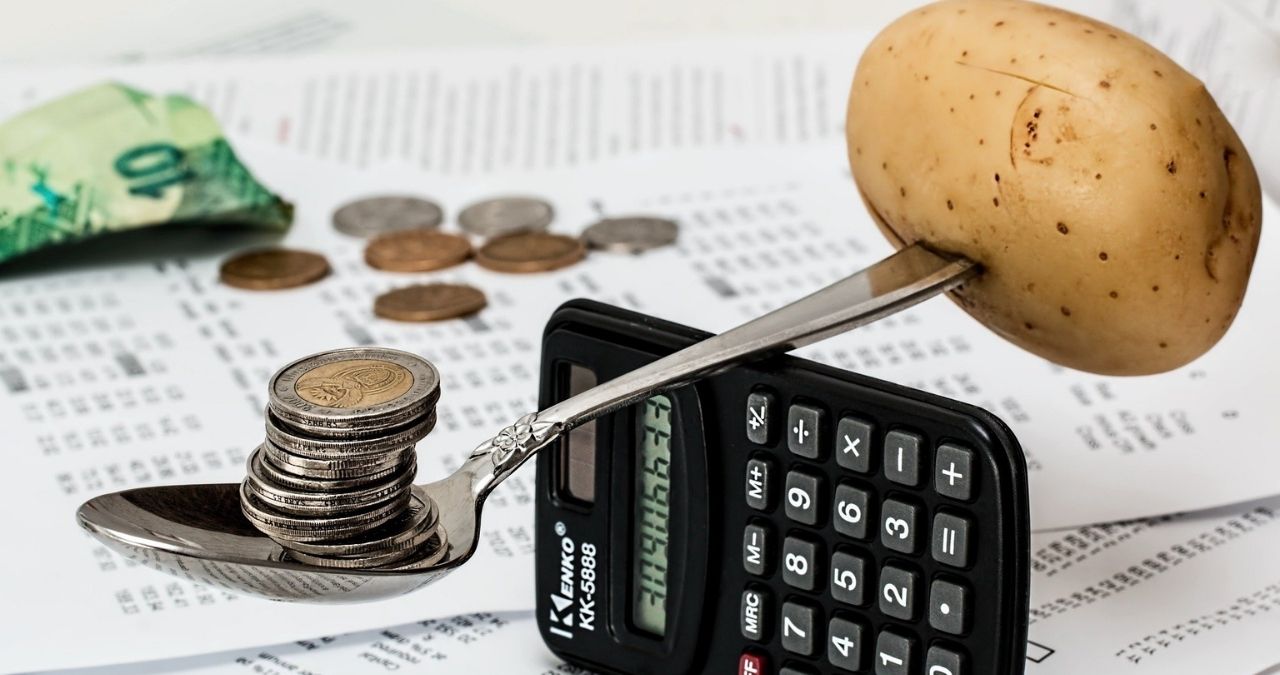 According to economics, the reason for the price increase in food cost is explained by the notions of supply and demand. As the name suggests, demand in economics is the customers’ needs and wants for a particular product. Supply, on the other hand, is the availability of that product in the market.
According to economics, the reason for the price increase in food cost is explained by the notions of supply and demand. As the name suggests, demand in economics is the customers’ needs and wants for a particular product. Supply, on the other hand, is the availability of that product in the market.
What Drives Food Cost?
Both supply and demand fluctuate constantly, as they try to reach an equilibrium. Here, price increase occurs when either the demand is so high that the supply cannot meet the customer’s needs, or when the supply is so low that it is not enough to satisfy the market. On the other hand, food cost decreases when there is less demand in the market or when there is an abundance of supply to the point where all the customer’s demands are being met. This is the basic explanation of how a product’s price/cost is set. However, there are more things to consider when talking about the factors that drive a product’s supply and demand. For this article, we will be discussing the various factors that drive food costs in the market.
Increased oil prices
Oil, as most people know, is a non-renewable resource. Simply put, you can only use oil once. It is also an important resource to our society. It serves as raw material for plastics, fuel, fertilizer, roofing, housing, and many others. Given its uses, it’s easy to say that oil is essential to our society. In the food industry, oil is consumed at every step of the process. In fact, oil is material for fertilizers, farming equipment, and more.
During the transportation of vegetables, poultry, and livestock, vehicles consume fuel in the form of oil. Not to mention, the oil helps in the production of plastic bags, plastic covers, plastic gloves, and other tools in the food industry. Since oil is a non-renewable resource, it is difficult to meet up the food industry’s demand for oil. This is exactly what is happening right now. Oil is getting more scarce than ever, causing food costs to be more expensive than it was a few years ago.
Taxes
Taxes are the mandatory contribution required by the government. They allow for various government activities and projects such as health care, dam maintenance, irrigation, social security, food security, etc. Like oil, taxes are observed in every step of the food industry. The taxes incurred in each transaction are integrated into the product’s total price (i.e. production cost + profit). Meaning, taxation can drive food costs to become either cheaper or more expensive.
Seasons & Weather
An environment’s climate and weather can affect the availability of products as well as the health of livestock and poultry. As mentioned earlier, a product’s availability can affect whether its price will become cheaper or more expensive. For example, plants that only grow during the spring season will become more expensive in the winter. On the other hand, plants that are available in all seasons, like potatoes and carrots, are more likely to have minimal changes in price.
Additional Reading: USDA Food Prices and Spending
Cannonball Express Transportation
Cannonball Express Shipping Company has been providing top-of-the-line service at a reasonable rate. Based in Omaha, Nebraska, we provide nationwide refrigerated LTL services, as well as, local delivery services. Contact us today!
Nationwide Shipping Company Services:
- Refrigerated LTL deliveries in the lower 48 states
- Refrigerated Cross dock
Local Shipping Company Services:
- Redelivery Services
- Truckload & LTL Capabilities
- PUP
- Cross dock
- Transload
- Warehouse and Distribution capabilities from multiple Omaha Locations
